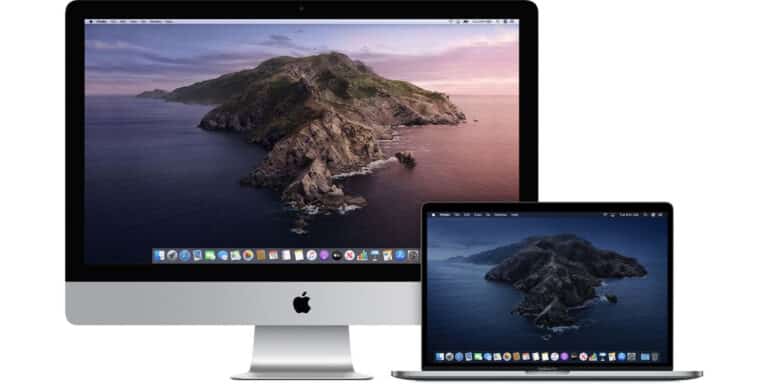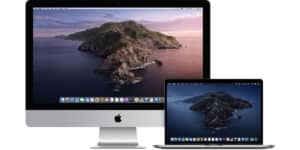Apple’s desktop operating system, macOS, is updated once a year, bringing new features that improve the high-end experience available. Sidecar, a function that uses your iPad to give a dual-display experience, was introduced in macOS Catalina, along with Screen Time support, an enhanced Photos app, and more, but if your Mac is too old to receive the update?
While there isn’t an official way to construct macOS Catalina over an older Mac, there seem to be third-party solutions that we’ll go over here. We discuss how to reset a Mac separately if you just want to clean and install macOS.
What you will see here?
Is macOS Catalina compatible with your Mac?
While you may want to update to macOS Catalina, it is possible that you will not be able to do so, depending on the type of Mac or MacBook you own. Apple only supports modern hardware in macOS Catalina, similar to iOS, due to potential performance concerns with the power-hungry OS on older hardware.
A complete list of Mac OS X Catalina-compatible laptops and desktops can be found here:
- MacBook: late 2014 or early 2015.
- Mid-2012 or later MacBook Air.
- Mid-2012 or later MacBook Pro.
- Late 2012 and later for the Mac mini.
- Late 2012 and later iMac.
- All variants of the iMac Pro.
- Late 2013 and last for Mac Pro.
This implies that if your kit got released before 2012, you’re basically out of luck – or who are you? While there is no official way to install macOS Catalina on an older Mac, Apple is indeed a technical workaround that will get the system up and running – Whether they should or not is a different story.
How can you install macOS Catalina on either a Mac that is older than a year?
The issue is that macOS Catalina will not be accessible for download via App Store if you’re using an unsupported computer. Even if you were able to obtain a copy through a third-party source, the install’s coding will prevent this from running with unsupported hardware, but there is still a solution.
Third-party developer DOSDude1 built the macOS Catalina Patcher, and while you’ll probably run into some issues here and there, it does allow users to run Catalina on incompatible hardware, even if it does go against Apple’s terms and conditions. The workaround isn’t compatible with every Mac, however, dosdude1.com has a vast collection of them, some dating back to early 2008.
macOS Catalina: For those who are interested
For those who are interested, there is an in-depth video lesson on the DOSDude1 website. However, for those who are in a hurry, we’ve condensed the procedures right here:
1. Dosdude1.com has the macOS Catalina Patcher available for download.
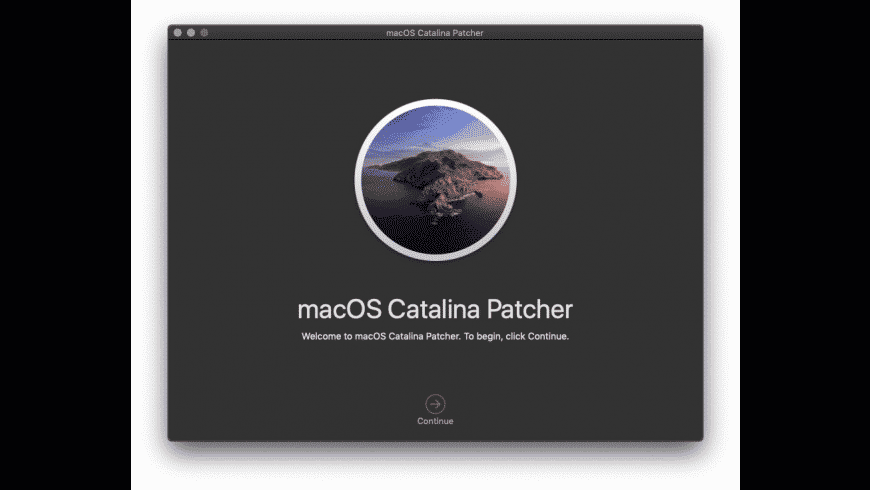
2. Launch the Catalina Patcher application.
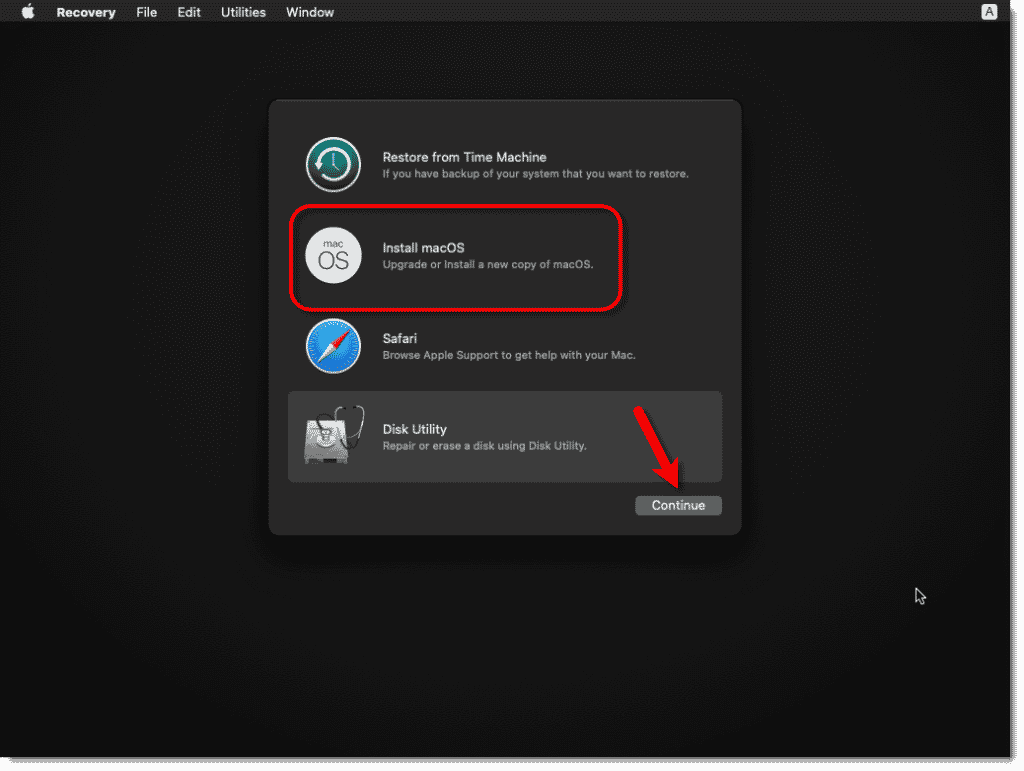
3. Continue by pressing the Enter key.
4. Select Download a Copy from the drop-down menu. The download for macOS Catalina should begin after that, but at roughly 8GB, it’ll take a long based on your internet speed.

5. Connect a USB memory stick; we’ve compiled a list of the top USB drives if you need one.
6. Wait for the installer to transfer to your USB drive after clicking Create a bootable installation.
Now that you’ve produced a bootable macOS Catalina installer on your USB stick, it’s time to install it on your older Mac.
7. Connect the USB stick to an earlier Mac.
8. To open Startup Manager, restart your Mac by holding Option/Alt (depending on when it create).
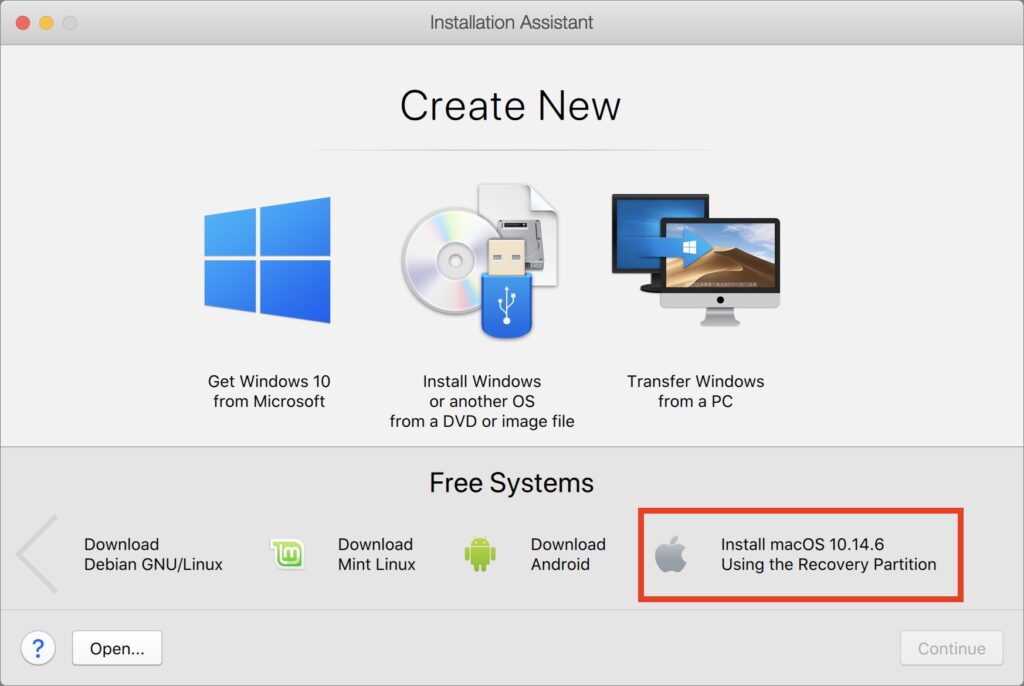
9. Click Enter after selecting the bootable installer. Your Mac should reboot into Recovery mode after that.
10. Wait for macOS Catalina to load on your machine after clicking Reinstall macOS.
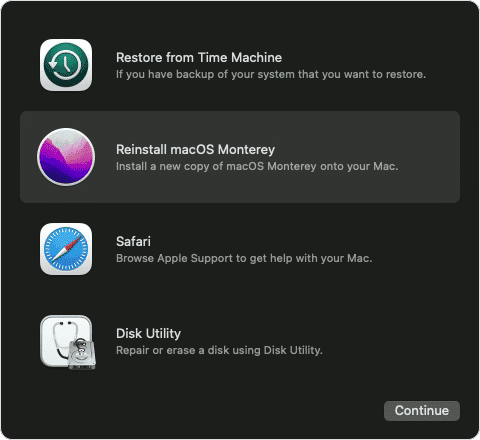
11. Restart your Mac in recovery mode after the installation is complete, then pick the bootable drive once more.
12. Select macOS Post Install this time. This will install all of the third-party patches needed for Catalina to run on your Mac.
13. Choose Force Cache Rebuild after the updates install.
14. Restart your computer.
When you restart your Mac, it should boot it into a fully functional version of macOS Catalina that you may use.
Conclusion
Apple’s macOS laptop and desktop operating systems update once a year, on the dot, with new features and functionality. That’s all well and good, but Apple’s latest ones of macOS, Monterey, will not work on MacBook Air, MacBook Pro, or iMac devices released prior to late 2015. The 2016 MacBook allows, and you’re in luck if you have a 2014 Mac mini or even a 2013 Mac Pro, but they are the only Macs that can run macOS Monterey.
What about if your Mac or MacBook is older than 2014 or 2015? This implies that until you follow this tutorial, you won’t be able to update your Mac to Monterey.


